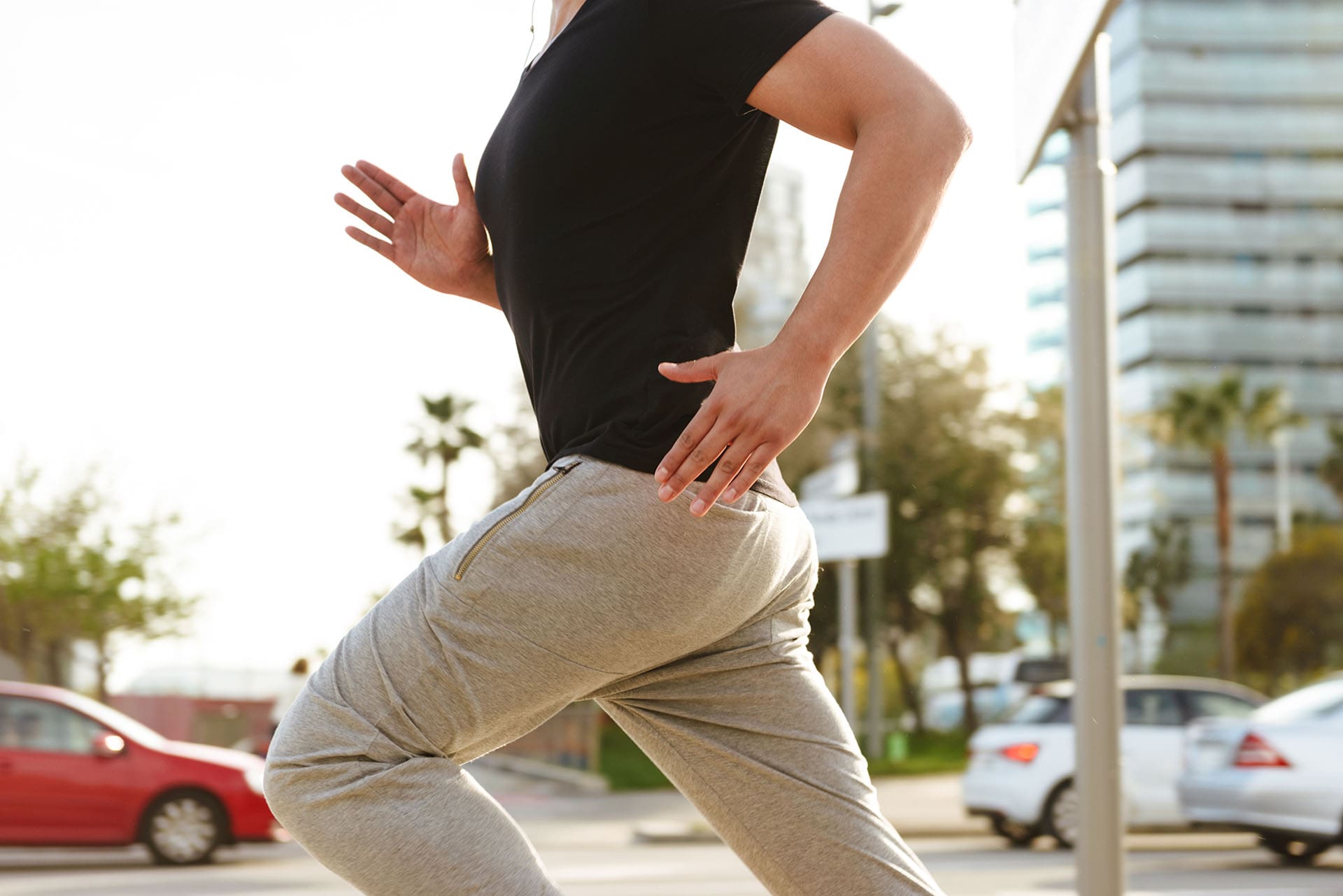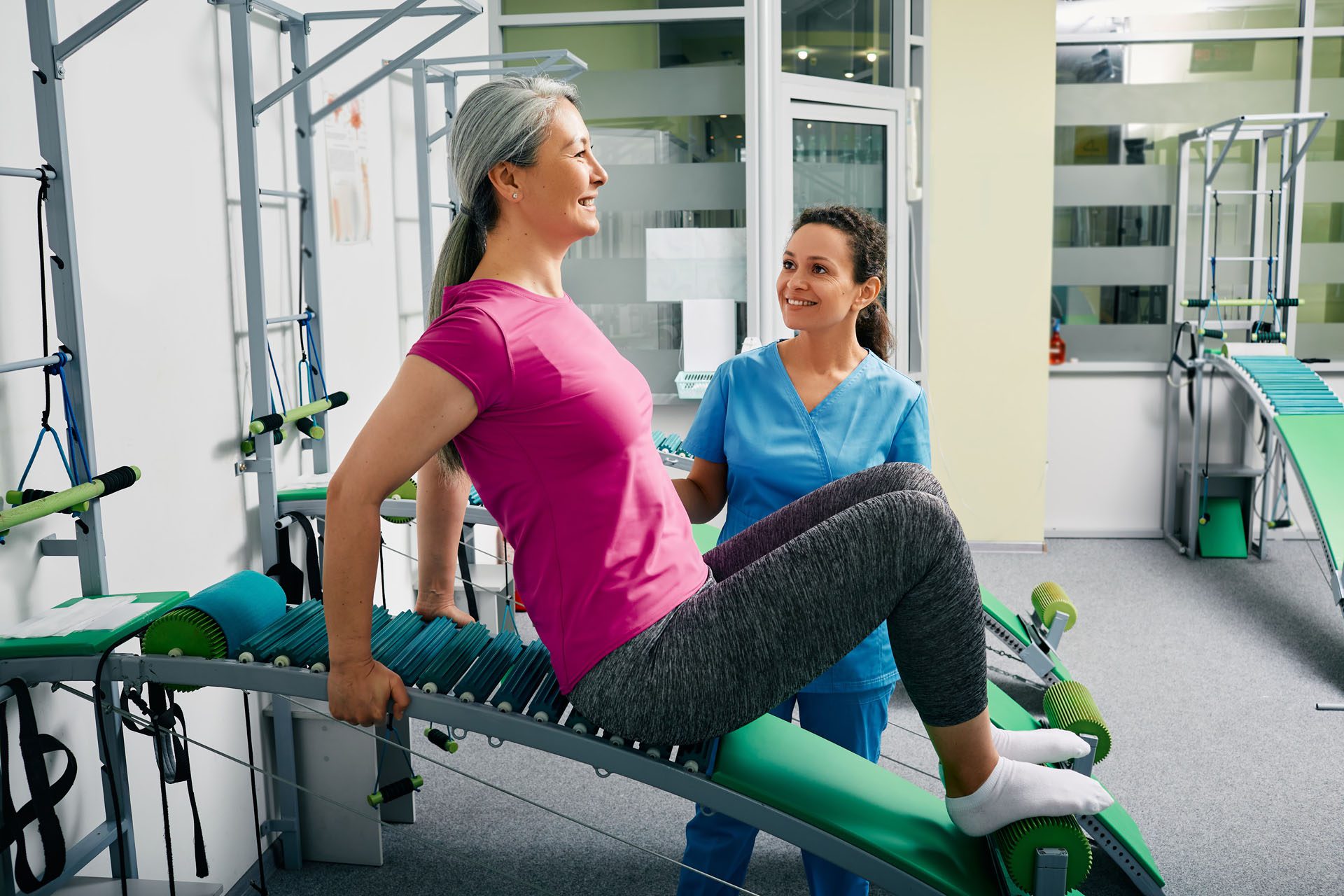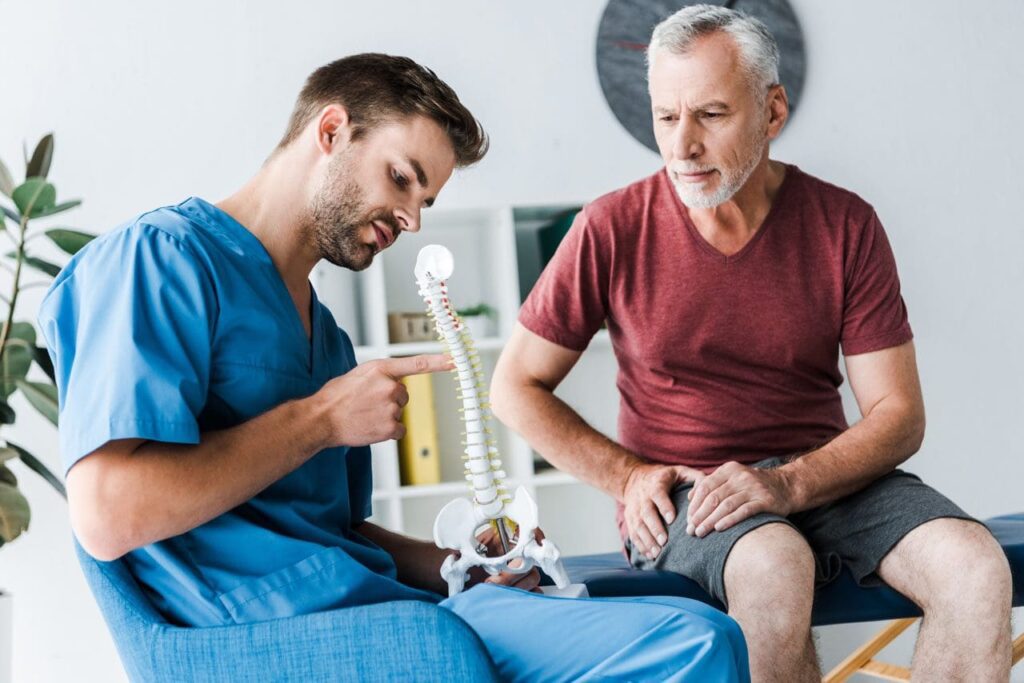Move Better Today: Dynamic Posture Made Simple

Why Dynamic Posture Is Key
Imagine your body as a well-coordinated team, keeping you balanced and strong whether you’re walking, running, or playing sports. This ability to stay aligned during motion is called dynamic posture, unlike static posture, which is how you hold yourself when still, such as when sitting or standing (MedlinePlus, 2023a). Good dynamic posture ensures your muscles and joints work together smoothly, reducing strain and lowering injury risks while boosting performance (Cleveland Clinic, n.d.). It’s essential for anyone active, from athletes to everyday workers (Massapequa Pain Management and Rehabilitation, n.d.).
When dynamic posture falters, it can lead to pain, fatigue, or injuries like sprains. At ChiroMed – Integrated Medicine Holistic Healthcare in El Paso, TX, Dr. Alexander Jimenez, DC, APRN, FNP-BC, uses chiropractic care and integrative therapies like exercise, massage, and acupuncture to restore movement, especially after injuries (Jimenez, n.d.a). This article explores why dynamic posture matters, what causes it to go wrong, and how ChiroMed’s holistic approach helps you move pain-free with confidence.
Dynamic Posture: Your Foundation for Movement
Dynamic posture is how your body maintains balance and alignment while active, like jogging to the park or lifting a box. It differs from static posture—your position when not moving, like reading or sitting at a desk (MedlinePlus, 2023a). Strong dynamic posture means your spine, hips, and muscles coordinate to distribute movement stress evenly, cutting down on injury risks and improving energy efficiency (Cleveland Clinic, n.d.). It’s crucial for sports, work tasks, or daily activities, ensuring safe and effective motion (NYDN Rehab, n.d.).
Poor dynamic posture can cause problems, like back pain during a walk or wobbling during a workout. Over time, it increases the risk of chronic pain or injuries, such as knee strains, and can affect static posture, leading to slouching (Texas Medical Institute, n.d.). Good dynamic posture lets you move easily, recover quickly, and stay strong, whether hiking or carrying groceries (Harrison Integrative, n.d.a).
What Disrupts Dynamic Posture?
Poor dynamic posture often develops from daily habits or injuries. Sitting with incorrect posture, like hunching over a laptop, weakens core muscles, making it tough to stay aligned when moving (MedlinePlus, 2023b). Repetitive tasks, like lifting improperly at work, stress the spine and throw off movement coordination (Massapequa Pain Management and Rehabilitation, n.d.). Injuries, such as a sports fall or car accident, can lead to awkward movements, like limping, that disrupt balance (NYDN Rehab, n.d.).
Lifestyle factors contribute too. Lack of exercise weakens core muscles, prolonged sitting tightens hips, and stress tenses muscles, all messing up motion patterns (Cleveland Clinic, n.d.). These issues cause uneven joint stress, raising risks for back pain or leg injuries (Texas Medical Institute, n.d.). For example, running with a slouched posture can overload knees, leading to pain or injury (Start PT Now, n.d.). Spotting these habits early helps prevent bigger issues.
Signs of Poor Dynamic Posture
Poor dynamic posture shows up during activity. You might feel lower back or hip pain while running, signaling uneven joint stress (NYDN Rehab, n.d.). Feeling unsteady on stairs or during sports can indicate weak core muscles or misalignment (Cleveland Clinic, n.d.). Tiredness during tasks like carrying bags often means muscles are overworking due to poor coordination (Massapequa Pain Management and Rehabilitation, n.d.).
Over time, it increases injury risks, like pulled muscles, and can worsen static posture, causing slouching even when still (MedlinePlus, 2023a). Chronic pain in the back, neck, or knees may develop, reducing movement efficiency (Harrison Integrative, n.d.a). Noticing discomfort or clumsiness during motion lets you address problems before they grow.
Chiropractic Care for Enhanced Movement
At ChiroMed, chiropractic care improves dynamic posture by correcting spinal misalignments, or subluxations, that disrupt nerve signals to muscles, causing uneven movement (Harrison Integrative, n.d.b). Gentle adjustments realign the spine, enhancing muscle coordination and movement flow (Jimenez, n.d.a). Patients often feel more stable and less pain during activity after a few sessions (Start PT Now, n.d.).
Adjustments also ease muscle tension, helping you maintain alignment during tasks like lifting or running (Texas Medical Institute, n.d.). Regular care strengthens posture, reduces injury risks, and boosts performance for active individuals (Cleveland Clinic, n.d.). It’s like fine-tuning a machine for smoother operation.
Dr. Jimenez’s Expertise at ChiroMed
At ChiroMed – Integrated Medicine Holistic Healthcare, Dr. Alexander Jimenez, DC, APRN, FNP-BC, uses his dual expertise as a chiropractor and nurse practitioner to connect poor dynamic posture to injuries from work, sports, personal falls, or motor vehicle accidents (MVAs). “Injuries misalign the spine, disrupting movement and overall health,” he explains (Jimenez, n.d.b).
ChiroMed uses advanced diagnostics, like X-rays for neuromusculoskeletal imaging and blood tests for inflammation, to identify posture issues. A work injury, for example, might misalign the pelvis, causing uneven strides (Jimenez, n.d.a). Treatments are non-surgical: adjustments restore alignment, ultrasound reduces swelling, and exercises rebuild muscle balance. For MVAs, Dr. Jimenez provides detailed medical-legal documentation, collaborating with specialists for seamless claims.
Integrative therapies enhance recovery. Massage relaxes tight muscles, improving movement; acupuncture eases pain for natural motion; and core exercises strengthen posture-supporting muscles (Jimenez, n.d.b). A patient with back pain from a fall regained smooth walking after adjustments and yoga. Dr. Jimenez targets root causes, like poor posture habits, to prevent chronic issues.
Holistic Therapies for Movement Health
ChiroMed’s integrative approach uses natural methods to boost dynamic posture. Core exercises, like planks, strengthen muscles for better stability during motion (Start PT Now, n.d.). The NHS recommends 150 minutes of weekly exercise, like yoga, to improve coordination (MedlinePlus, 2023a).
Massage therapy loosens tight muscles, boosting blood flow for fluid movement (Texas Medical Institute, n.d.). Acupuncture reduces pain, improving joint mobility for natural motion (Jimenez, n.d.b). Spinal decompression relieves disc pressure, enhancing range of motion (Harrison Integrative, n.d.c). These therapies improve posture, prevent injuries, and aid recovery.
Daily Practices for Better Posture
Simple habits support ChiroMed’s care. Walk 30 minutes daily with shoulders back to practice alignment (Cleveland Clinic, n.d.). Stretch hips and hamstrings to prevent tightness that pulls the spine (Start PT Now, n.d.). Do core exercises like bridges to support movement (Massapequa Pain Management and Rehabilitation, n.d.).
Keep your back straight when lifting, bending at the knees, and avoid twisting (MedlinePlus, 2023b). Break up long sitting periods to prevent stiffness, and use ergonomic chairs to support static posture, aiding dynamic motion (NYDN Rehab, n.d.). These habits build strong, pain-free movement.
Preventing Long-Term Posture Issues
Ongoing care prevents chronic posture problems. Dr. Jimenez’s plans include regular exercises to maintain alignment, massage to keep muscles flexible, and posture checks to catch issues early (Jimenez, n.d.a). Monitoring pain during activities, like running, helps adjust care. This ensures lasting dynamic posture and fewer injuries.
Patient Success Stories
At ChiroMed, a runner with hip pain from poor form improved after adjustments and core exercises. A worker with back pain from an MVA regained smooth movement with massage and acupuncture. These stories show the power of integrative care.
Conclusion
Dynamic posture keeps you balanced and strong during movement, reducing injury risks and boosting performance. At ChiroMed – Integrated Medicine Holistic Healthcare, Dr. Alexander Jimenez uses chiropractic adjustments, exercise, massage, and acupuncture to enhance alignment and recovery. Start with small steps—walk tall, stretch daily, and visit ChiroMed. Your body will move better and feel stronger.
References
Cleveland Clinic. (n.d.). Posture. https://my.clevelandclinic.org/health/articles/posture
Harrison Integrative. (n.d.a). How do chiropractic adjustments improve posture? https://www.harrisonintegrative.com/how-do-chiropractic-adjustments-improve-posture/
Harrison Integrative. (n.d.b). How spinal decompression can improve flexibility and range of motion. https://www.harrisonintegrative.com/how-spinal-decompression-can-improve-flexibility-and-range-of-motion/
Jimenez, A. (n.d.a). Injury specialists. https://dralexjimenez.com/
Jimenez, A. (n.d.b). Dr. Alexander Jimenez, DC, APRN, FNP-BC. https://www.linkedin.com/in/dralexjimenez/
Massapequa Pain Management and Rehabilitation. (n.d.). Static posture vs. dynamic posture. https://massapequapainmanagementandrehabilitation.com/static-posture-vs-dynamic-posture/
MedlinePlus. (2023a). Guide to good posture. https://medlineplus.gov/guidetogoodposture.html
MedlinePlus. (2023b). Guide to good posture. https://medlineplus.gov/guidetogoodposture.html
NYDN Rehab. (n.d.). Static vs. dynamic posture and how to improve both. https://nydnrehab.com/blog/static-vs-dynamic-posture-and-how-to-improve-both/
Start PT Now. (n.d.). Posture perfect: Effective exercises and stretches to stand tall. https://www.startptnow.com/blog/posture-perfect-effective-exercises-and-stretches-to-stand-tall
Texas Medical Institute. (n.d.). Chiropractic and posture: Improving alignment for a pain-free life. https://www.texasmedicalinstitute.com/chiropractic-and-posture-improving-alignment-for-a-pain-free-life/



